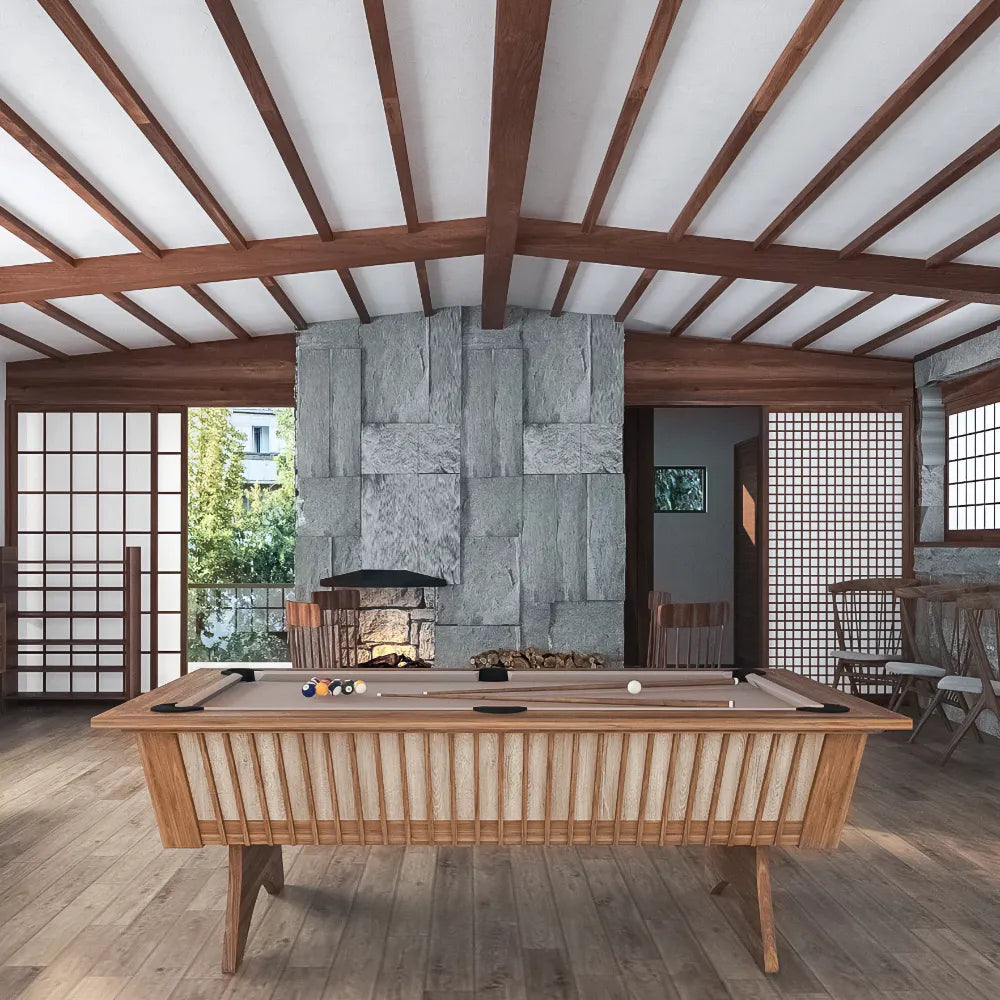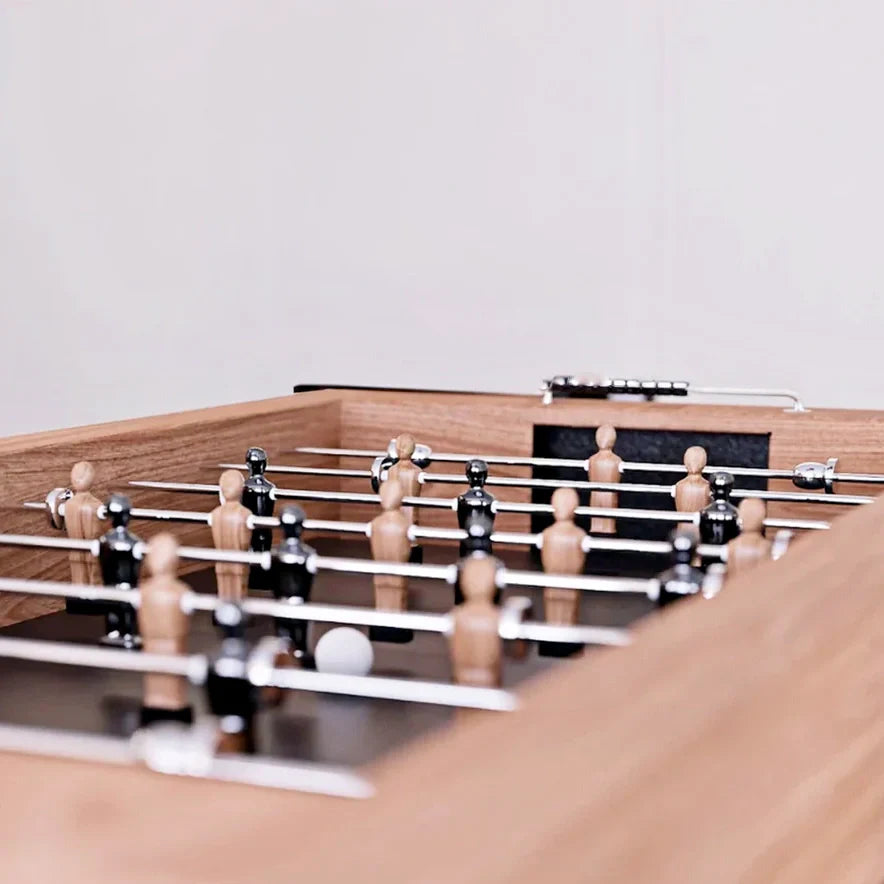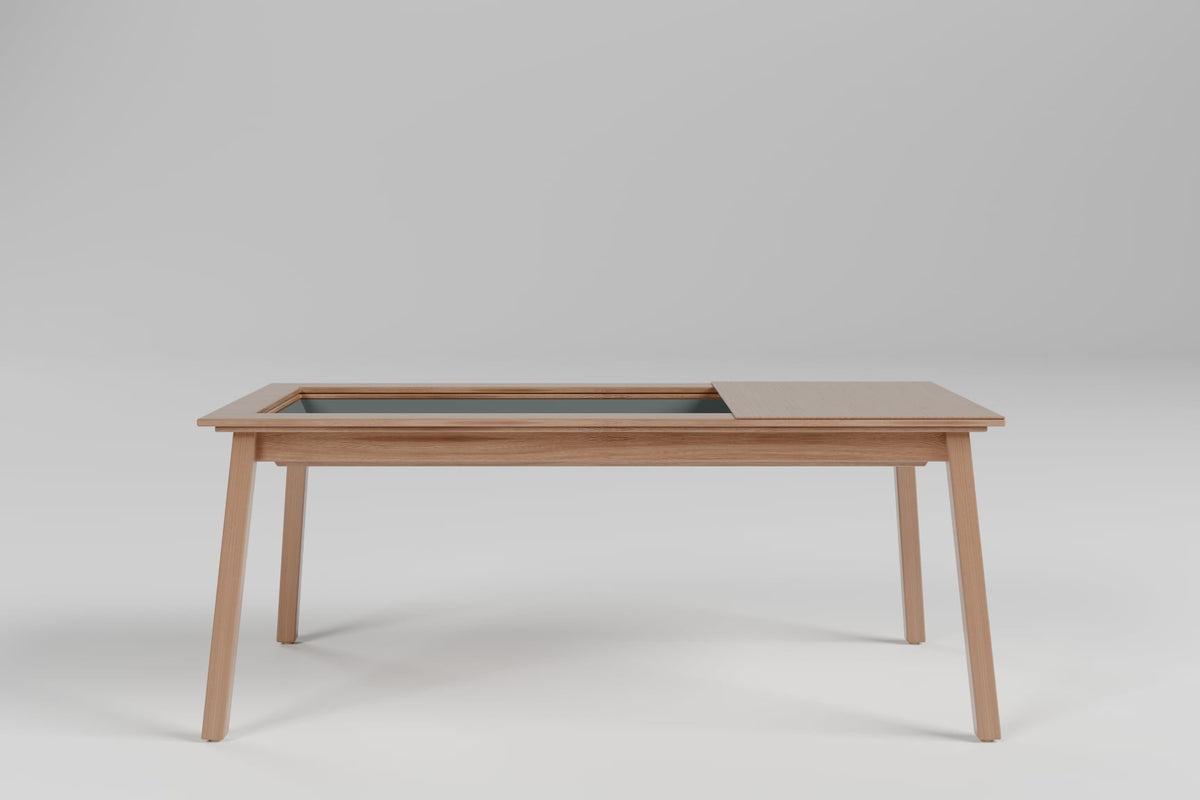Introduction
Masako Katsura (桂 マサ子, Katsura Masako; March 7, 1913 – December 20, 1995), affectionately nicknamed "Katsy" and often hailed as the "First Lady of Billiards," was a formidable Japanese carom billiards player, whose prime years of activity spanned the 1950s. Breaking through the male-dominated bastion of professional billiards, Katsura not only competed but also placed among the best, earning her a storied place in the annals of the sport.
Early Years
"I practice before parlor open every day for two hours. Every day I practice. Soon I play with many men. Men want to beat me. I play men, six, seven hours a day. Men no like, they do not beat me. If I hit no good, my brother-in-law, after billiard parlor closed, say this shot no good. This shot bad, I make good. He tells me. Not so many good woman players in Japan. I have sister. Very good. Same stroke."—Masako Katsura, from an interview by Jimmy Cannon, excerpted in Byrne's Advanced Technique in Pool and Billiards (1990)
Masako Katsura was born on March 7, 1913, in Tokyo. Little is known about her early life, save for the fact that she had three sisters and a brother. When Katsura was 12, her father died, and she went to live with her elder sister and her sister's husband, Tomio Kobashi, who owned a billiard parlor. By age 13, she was a regular fixture at her brother-in-law’s billiard room, and by 14, she was working as an attendant there. Kobashi, a skilled player himself, taught Katsura the fundamentals of various carom billiards games. Recognizing her intense interest in the sport, her family bought a billiard table for their home, where Katsura practiced diligently, often competing against and defeating male players. At just 15, she won Japan’s women’s championship straight rail tournament. "Then I turned professional and began touring with a sister all over Japan, China, and Formosa," she recounted in a 1959 interview. Katsura's two younger sisters, Noriko and Tadako, also claimed the women's straight rail championship in other years.
In 1937, Katsura met Kinrey Matsuyama, a multiple-time national three-cushion champion in Japan. Matsuyama, who had also achieved significant success internationally, was impressed with Katsura's skill and took her under his wing. By 1947, Katsura was an established billiard star in Japan, revered as the country’s only female professional player.
Marriage and Titles in Japan
In 1947, Katsura caught the eye of Vernon Greenleaf, an American serviceman and master sergeant in the U.S. Army's Quartermaster Corps. They first met at a Tokyo service club where Katsura was performing billiard exhibitions. Greenleaf began taking lessons from Katsura and was quickly enamored. The couple married on November 30, 1950, though they never had children.
At the time of their marriage, Katsura had already secured two second-place finishes at Japan’s national three-cushion championship, adding a third the year of their wedding. Around this time, she accomplished the remarkable feat of scoring 10,000 contiguous points at straight rail in an exhibition, nursing the balls around the table 27 times over approximately four and a half hours, stopping only upon reaching the benchmark of 10,000 points. In later years, she mentioned that her high run in three-cushion billiards was 19 points.
Immigration to the U.S.
In 1951, Greenleaf was transferred to a U.S. post, and the couple sailed for the United States, arriving in San Francisco at the end of December 1951. Katsura, who spoke little English, faced a new challenge as she prepared to compete in the 1952 World Three-Cushion Billiards tournament. Cochran, an eight-time world champion whose billiard parlor was hosting the tournament, had heard of Katsura’s brilliance from Matsuyama and extended a conditional invitation for her to compete. After witnessing her impressive skills in a private exhibition, Cochran finalized the invitation, expressing admiration for her prowess and predicting she would challenge even the best players.
1952 World Three-Cushion Billiards Tournament
Katsura’s participation in the 1952 World Three-Cushion Billiards Championship marked a historic moment, as she became the first woman to compete for a world billiards title. The defending champion, Willie Hoppe, lauded her abilities, noting her fine stroke and ambidexterity. The public was captivated by the novelty of a female competitor, with Life magazine reporting that "San Franciscans who did not know a cue from a cucumber crowded in to see her... Katy [sic]... stole the show."—Life magazine, 1952
The tournament roster included champions like Katsura, her mentor Matsuyama, Hoppe, Mexican champion Joe Chamaco, and other notable players. Despite the fierce competition, Katsura held her own, securing a respectable seventh place. Her performance earned high praise from peers and experts alike, with Cochran predicting that she would become the world champion given more experience.
Exhibition Tours
Following the 1952 championship, Katsura embarked on an exhibition tour with Cochran, captivating audiences across the United States . Despite some lackluster attendance at pre-booked stops, her skill and charm won over many fans. Danny McGoorty, a well-known pool hustler, marveled at her ability to compete on equal terms with men, calling her the greatest thing to happen in the history of billiards.—Danny McGoorty
Katsura continued to play exhibition matches with the sport’s greats, including a series with Ray Kilgore in San Francisco. Her nationwide tour with Willie Hoppe in early 1953 further solidified her reputation, even though she unsurprisingly won only one out of four matches against the legendary player.
1953–1954
In the 1953 World Three-Cushion tournament, held in Chicago, Katsura faced a formidable field, including favorites like Navarra and Kilgore. She shared fifth place with Matsuyama, demonstrating her consistent performance at the highest levels of competition. Following the tournament, Katsura and Matsuyama gave an exhibition together in Long Beach, California, showcasing their exceptional skills.
Tragically, Matsuyama passed away in December 1953, shortly after their exhibition. Katsura continued to honor his legacy, participating in a five-day exhibition series with Kilgore in early 1954, where she played remarkably, though Kilgore ultimately emerged victorious.
1954 World Three-Cushion Tournament
The 1954 World Three-Cushion tournament, held in Buenos Aires, featured a smaller field of contestants, including Katsura, Kilgore, the Navarra brothers, and Cochran, who had come out of retirement. Katsura secured fourth place, further cementing her status as a top contender in the sport.
Katsura’s journey, from a young girl practicing in her brother-in-law’s billiard parlor to competing on the world stage, remains a testament to her dedication, skill, and trailblazing spirit. Her legacy as the "First Lady of Billiards" continues to inspire generations of players, both men and women, in the world of professional billiards.





0 comments